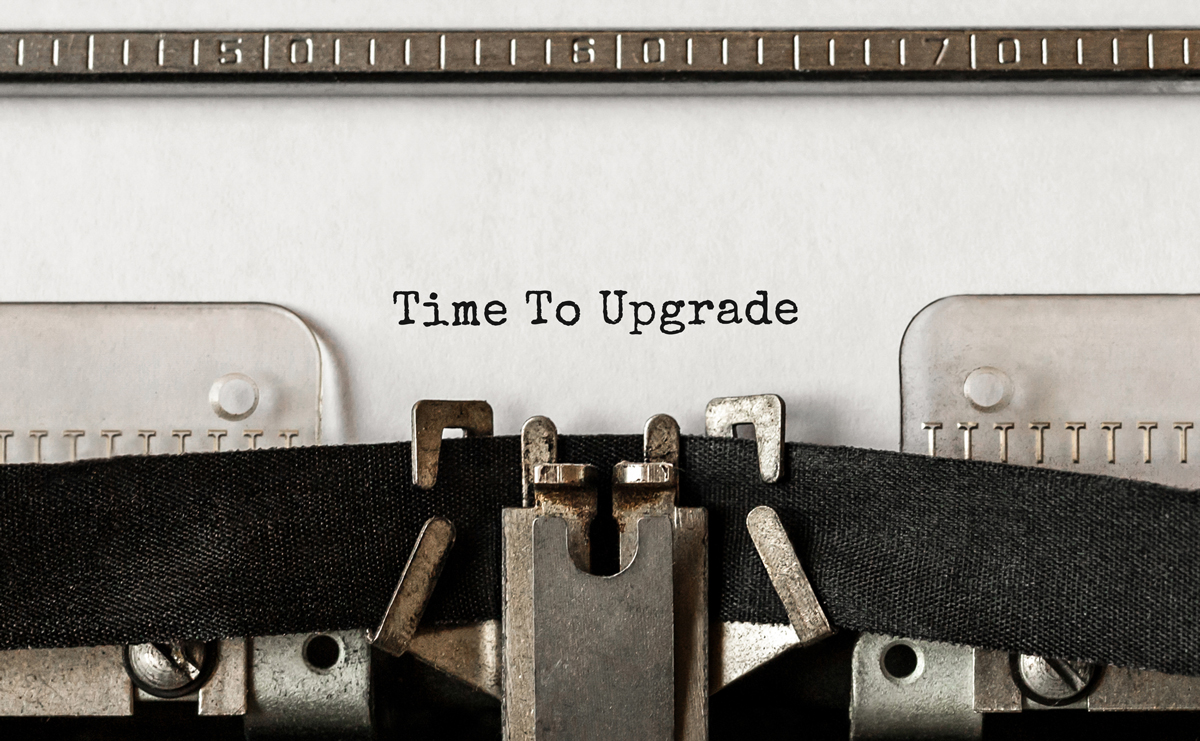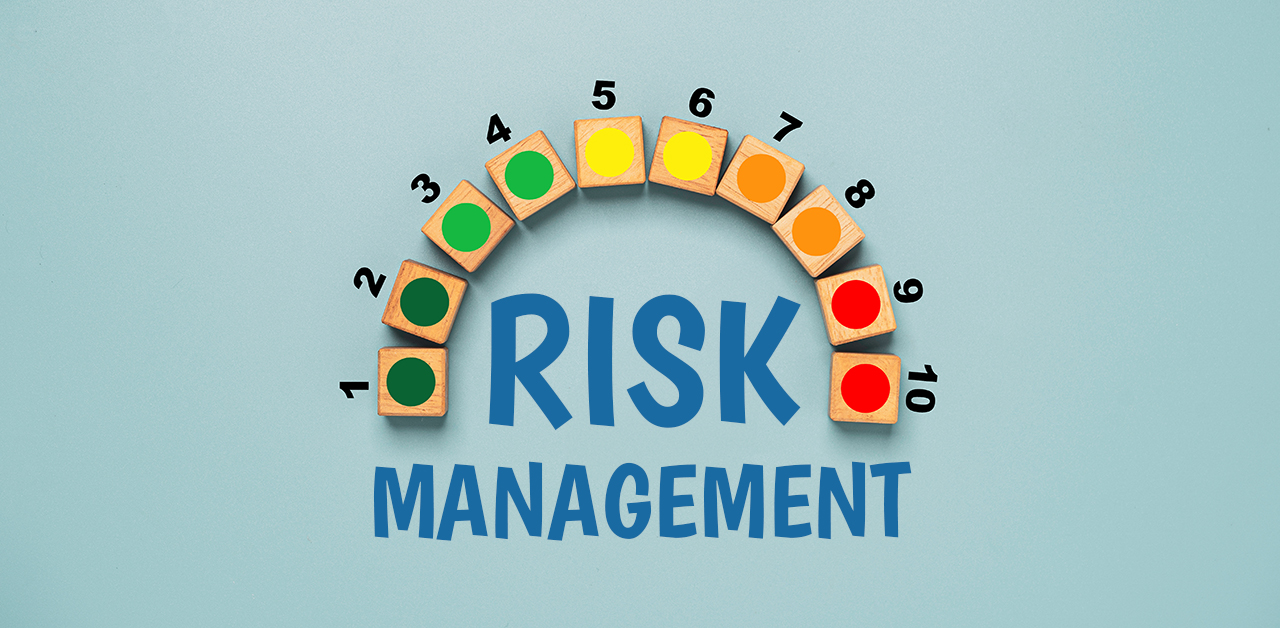
There is a lot to be said about sticking with what works, especially when it comes to the software and hardware we use as companies.
When Microsoft introduced Windows 7 a lot of people breathed a sigh of relief as the operating system not only fixed many of the glitches from previous versions, but also allowed for more robust, stable, and advanced enterprise-level functionality. It is no wonder that 10 years on many businesses and governments still use it.
When it comes to data security, be it on our laptops or desktops, or on company-wide servers, organizations of any size find continuity and familiarity with function essential to safeguarding information and the smooth operation of the organization. But, as data breaches have increased in recent years, and as more hackers and corporate spies have developed ever more sophisticated methods to breach and steal data, the software industry has responded with more adaptable versions of everything from operating systems, like Windows, to user end programs like the Office Suite and Adobe Suite. Cloud based systems allow for faster updates and more secure monitoring of activity which provides for faster response times to security alerts and issues. It has also been a boon for the process of decommissioning and migrating user-facing hardware and data centers as the newer software is also more hardware intensive and requires up to date, faster hardware to keep up with ever-improving and complex software.
In the spirit of this progress, and need for better security, Microsoft announced that it will be ending support and updates for Windows 7 come January 2020. This news has been met with a mixture of relief, excitement, and sighs of grief and annoyance across the industries. Regardless of our opinion and attachment to one of the most stable operating systems Microsoft has ever produced, this is an important moment for IT professionals. There are migrations to plan, hardware to replace, and systems to revitalize and modernize. This can be overwhelming and tedious, but more importantly, it comes with a number of risks. This is where ITADs will come to play an important role in the smooth transition, and safeguarding of data, for countless organization nationwide.
As we discussed in the opening post for the series The Art of Mitigating Risk in Data Destruction one of the first steps that companies will have to take is the secure destruction of data off hard drives that are set to be replaced. The best ITADs in the country will offer a range of services to help organizations with this, the first being ensuring that all drives can be sanitized onsite at the client facility.
The healthy economy, and ever-growing need for affordable technology, also means that many organizations do not have to settle for cutting their losses on older technology but can, in fact, work with a reputable ITAD to resell their now sanitized equipment.
Decommissioning data centers will be inevitable, but the process does not have to be neither risky nor tedious for the client. ITADs with advanced decommissioning services will be able to sanitize old drives, remove them securely from the client site, and offer affordable replacement options – both to purchase, and what is becoming ever more popular – leasing of up to date equipment.
As the saying goes, Windows is dead, long live Windows


